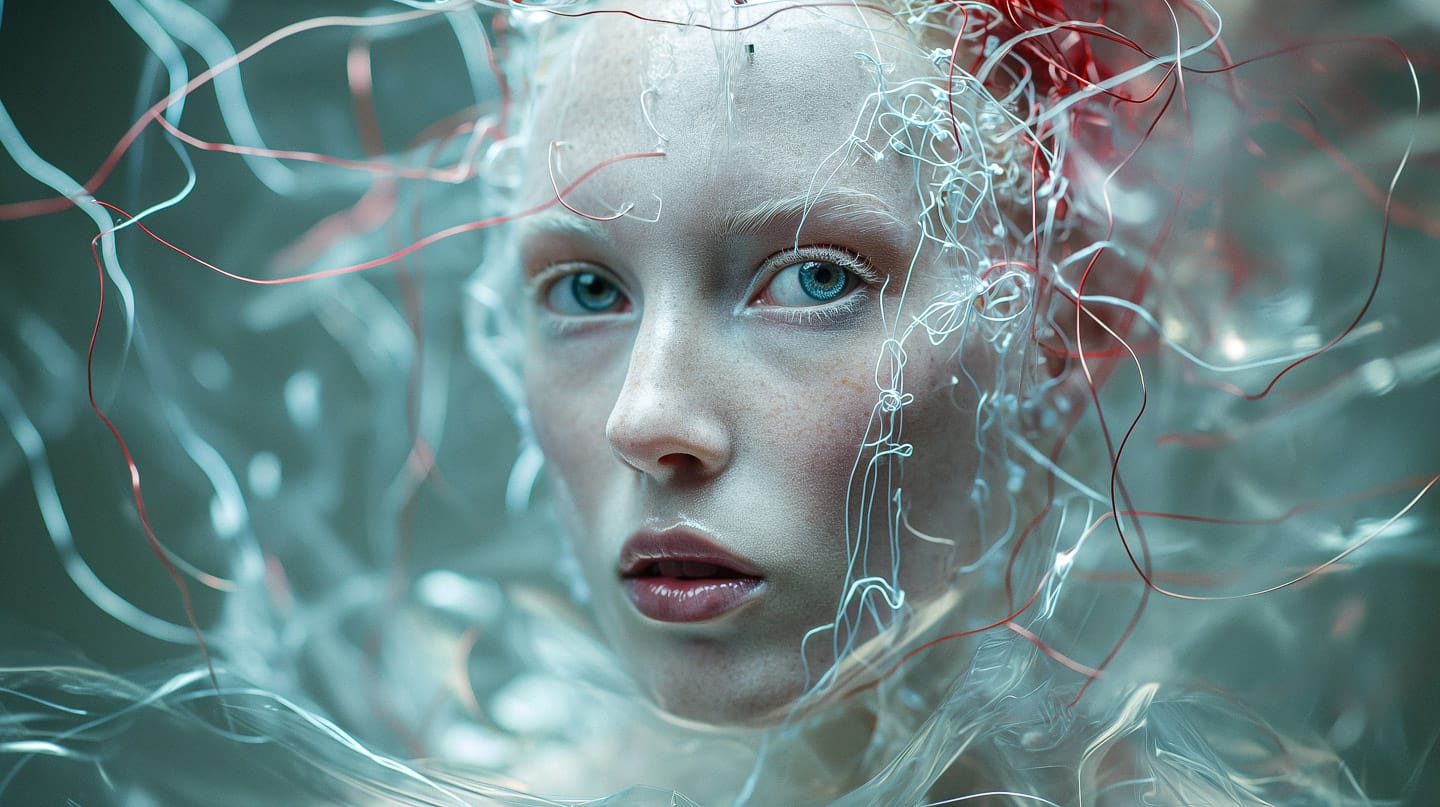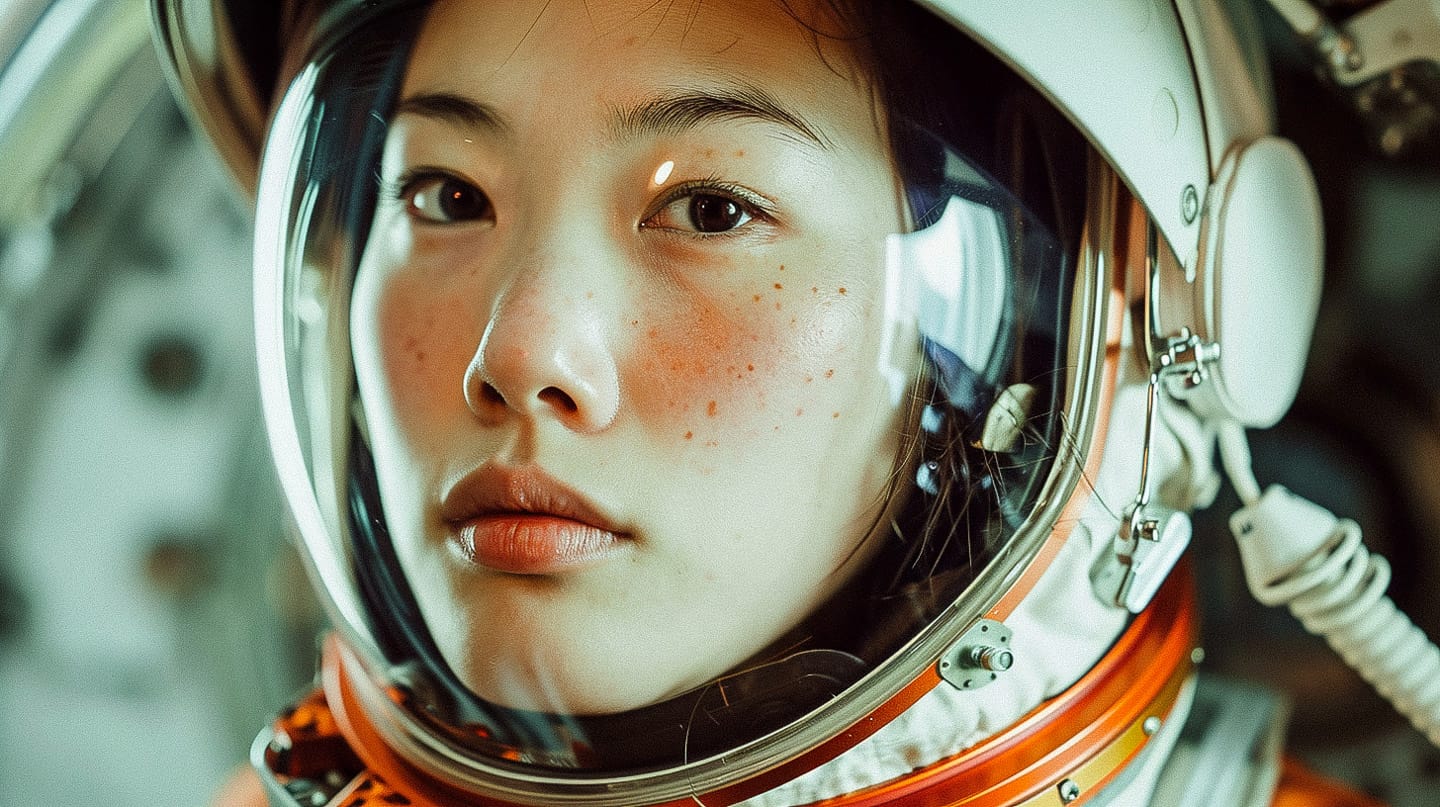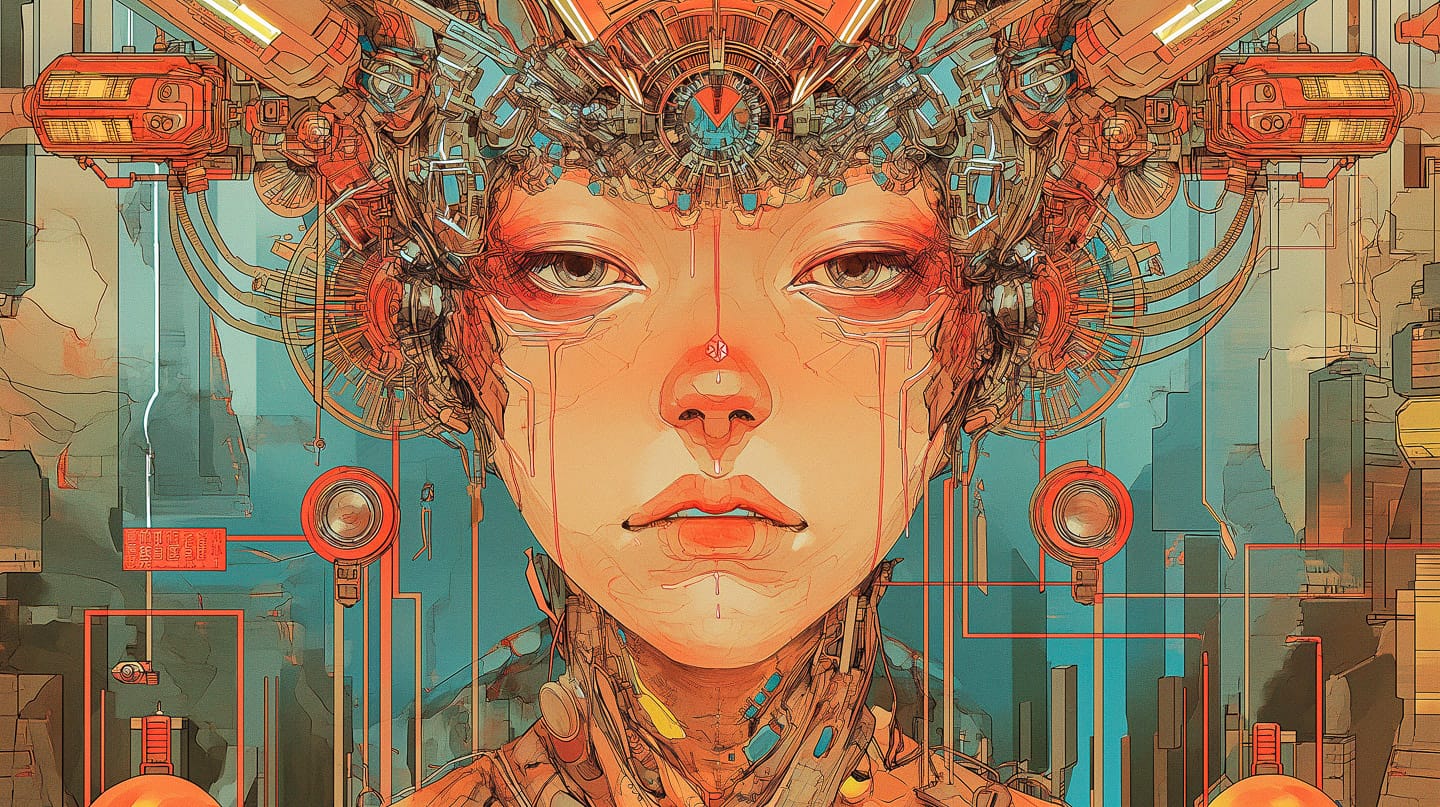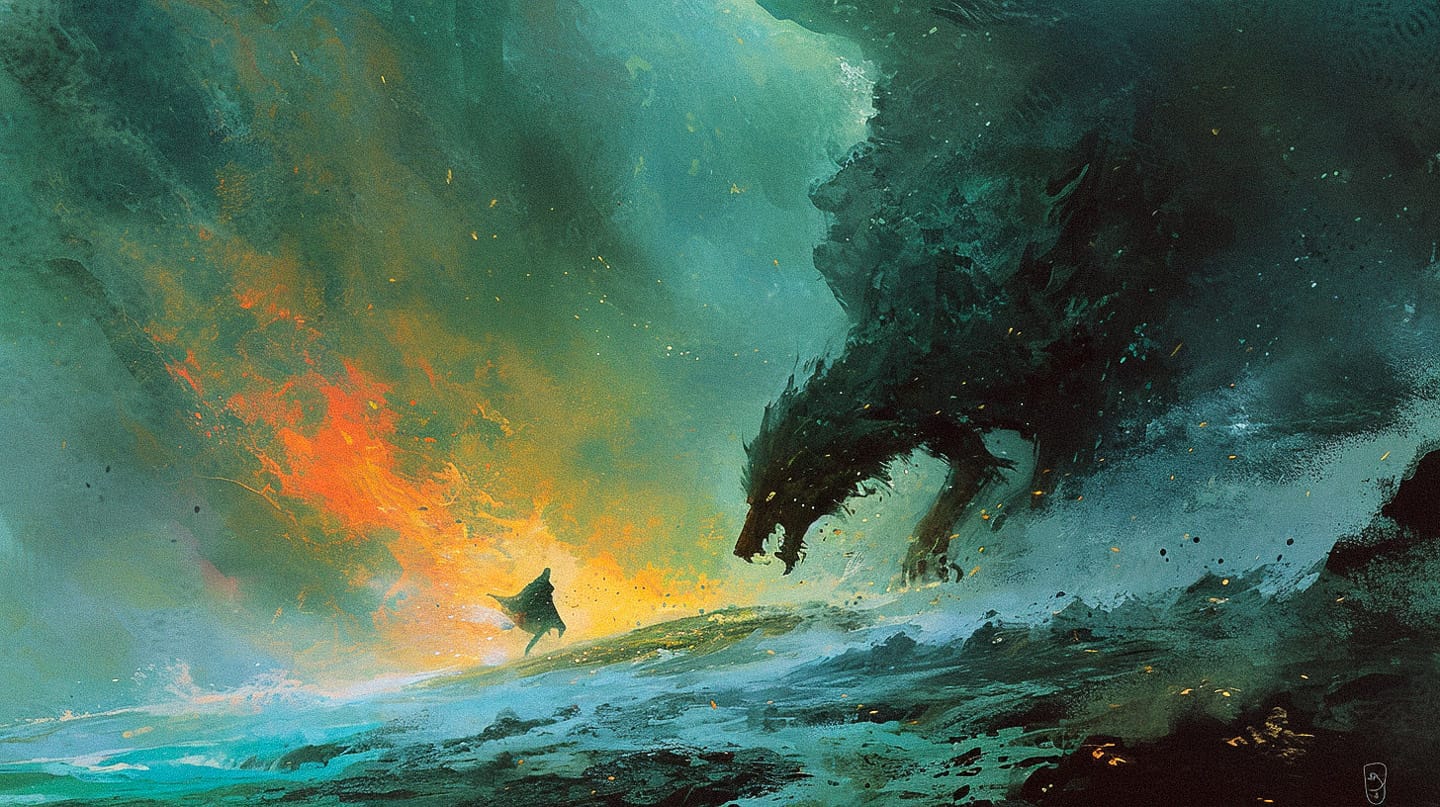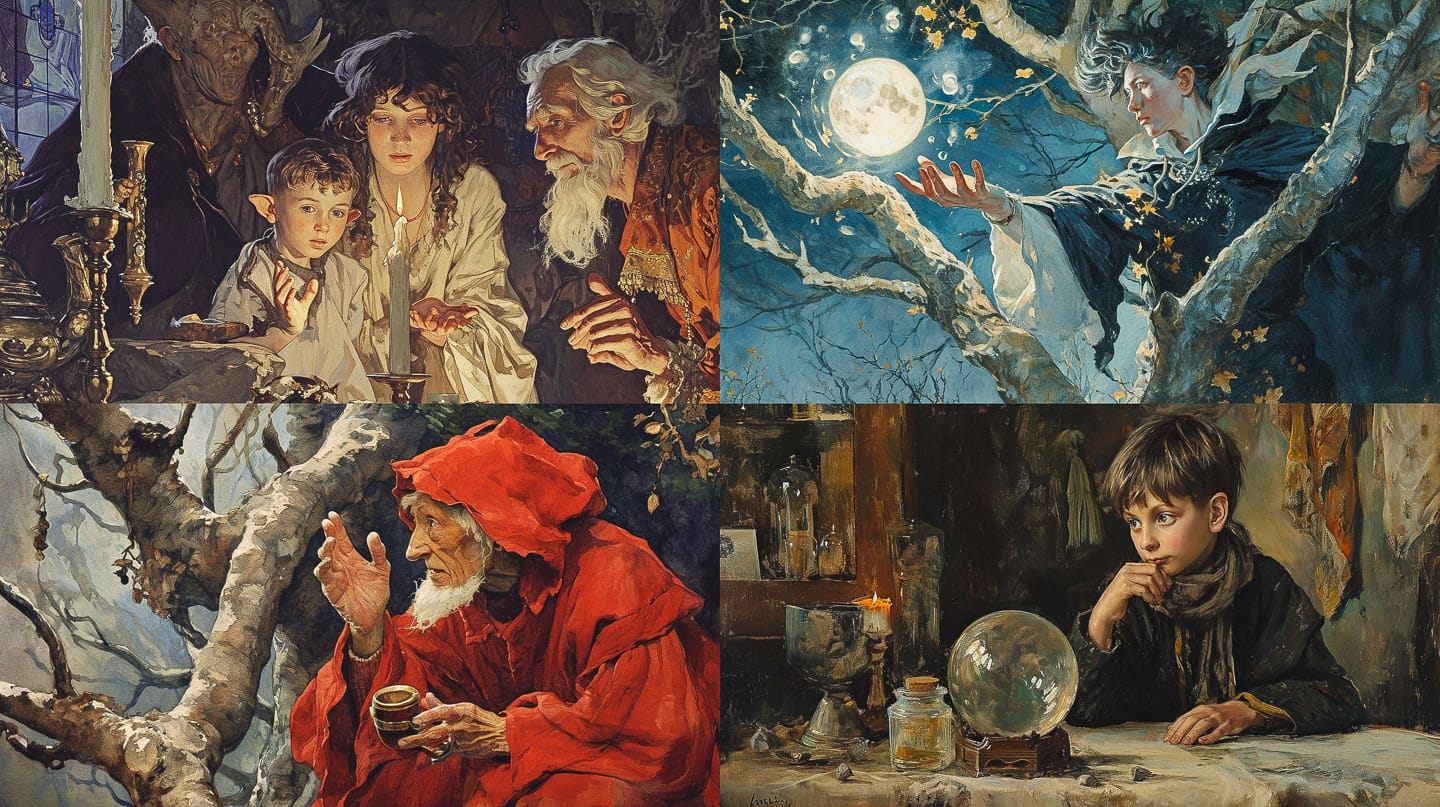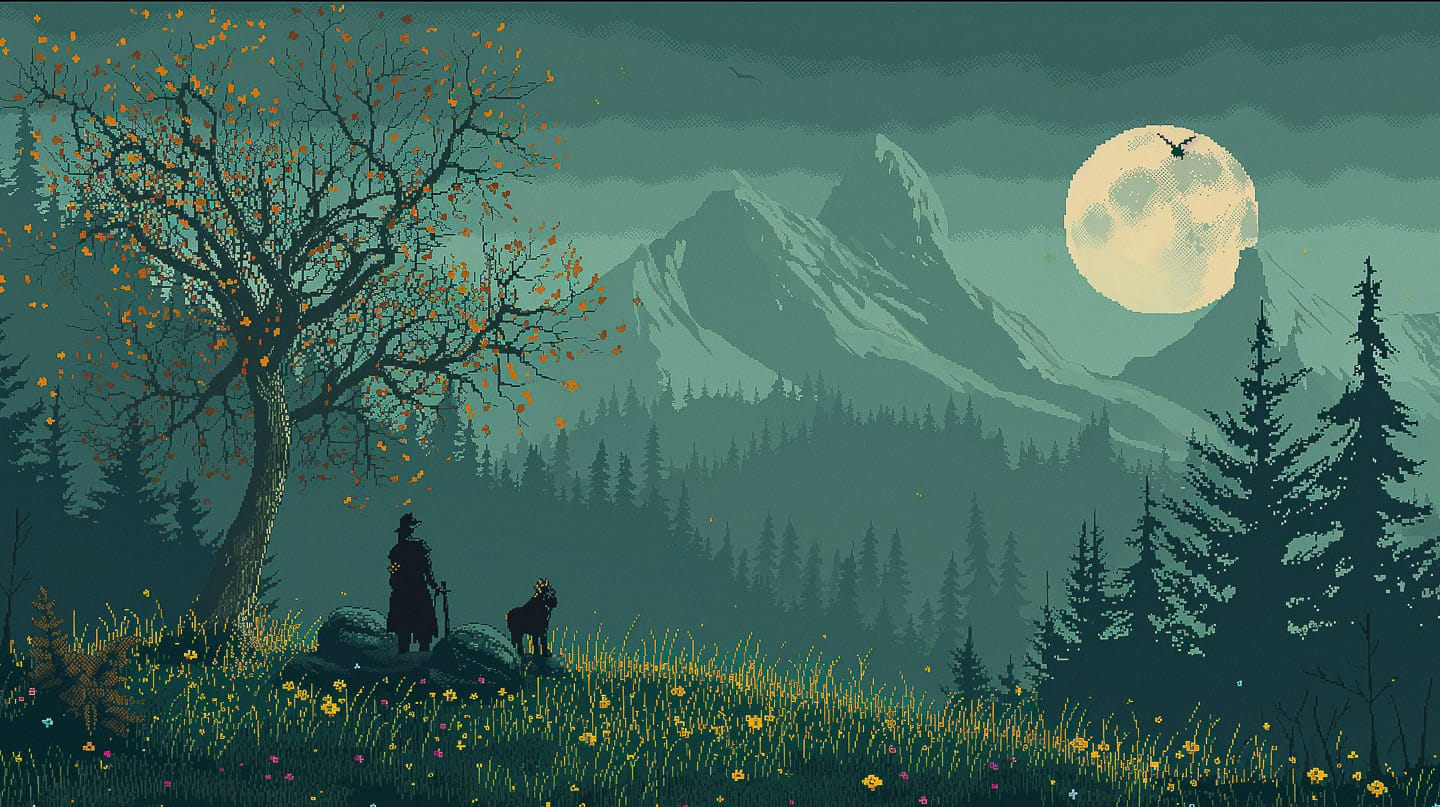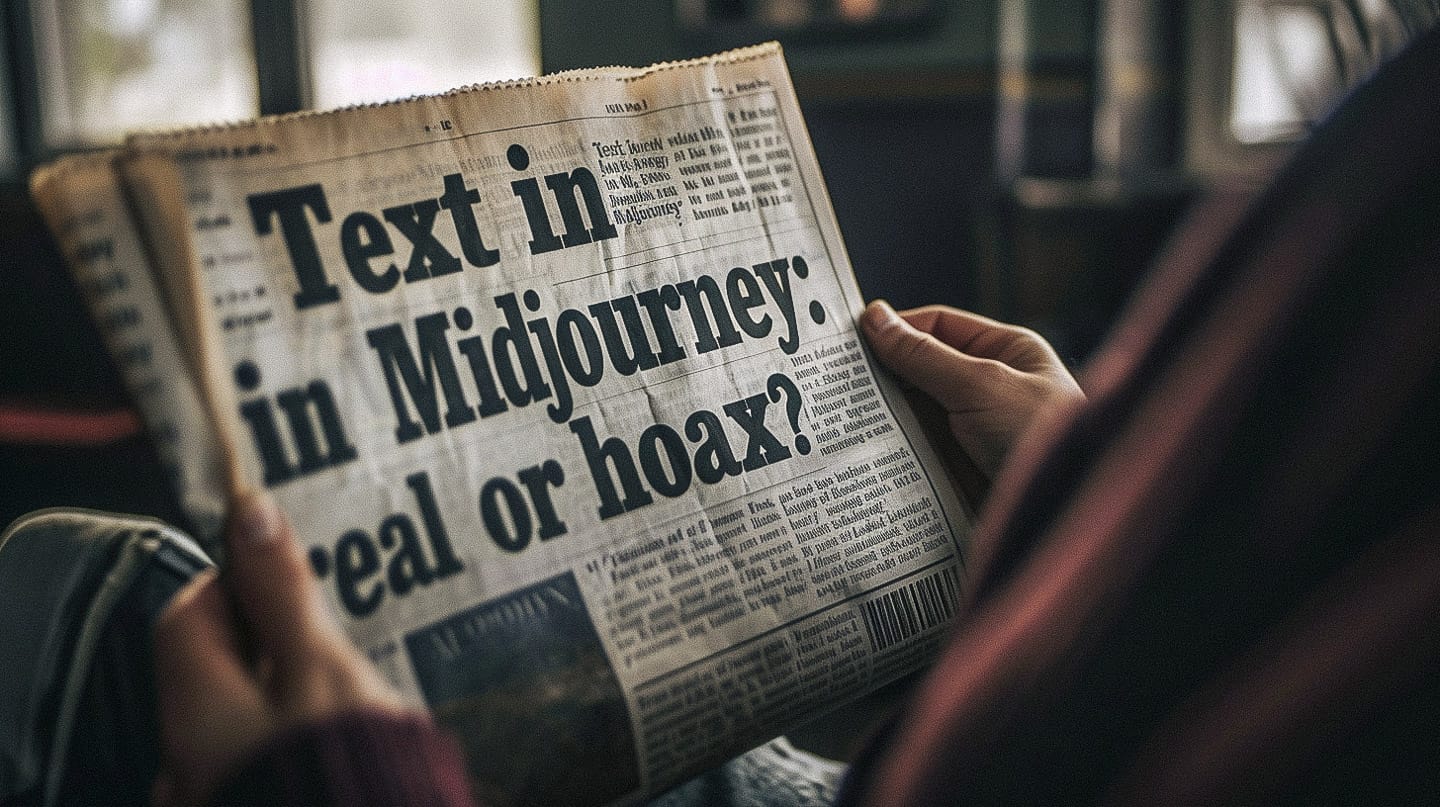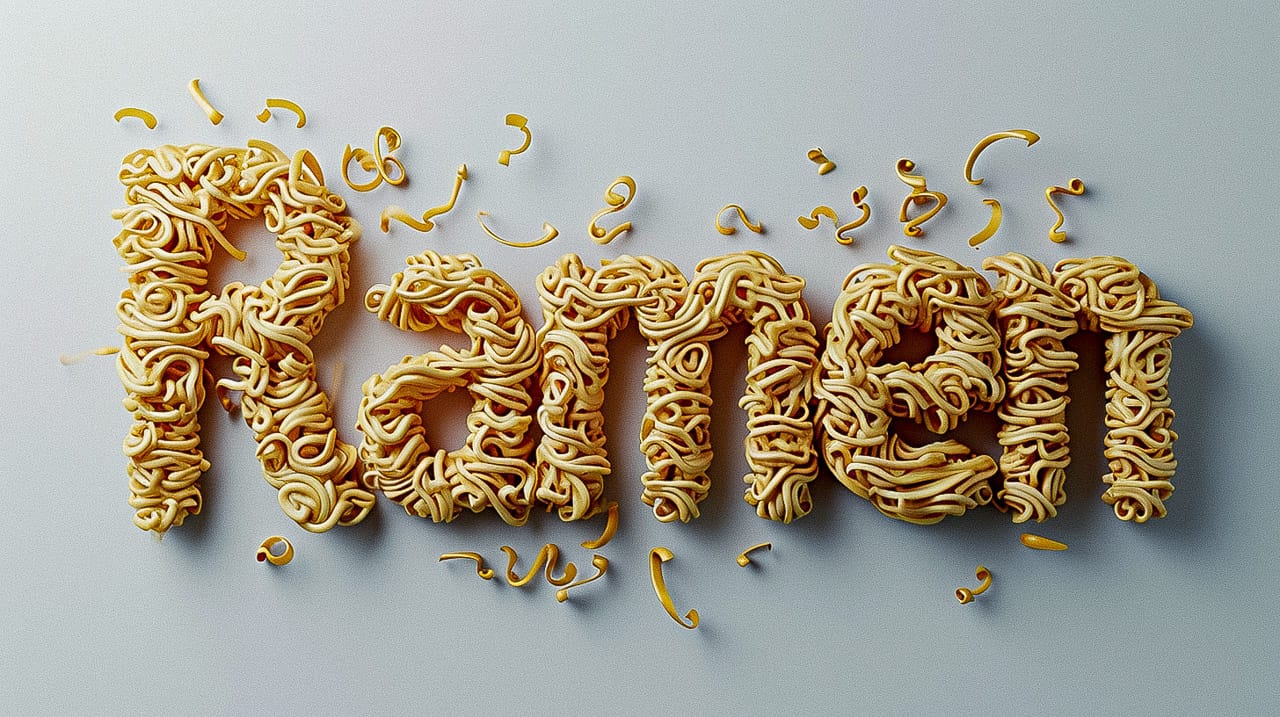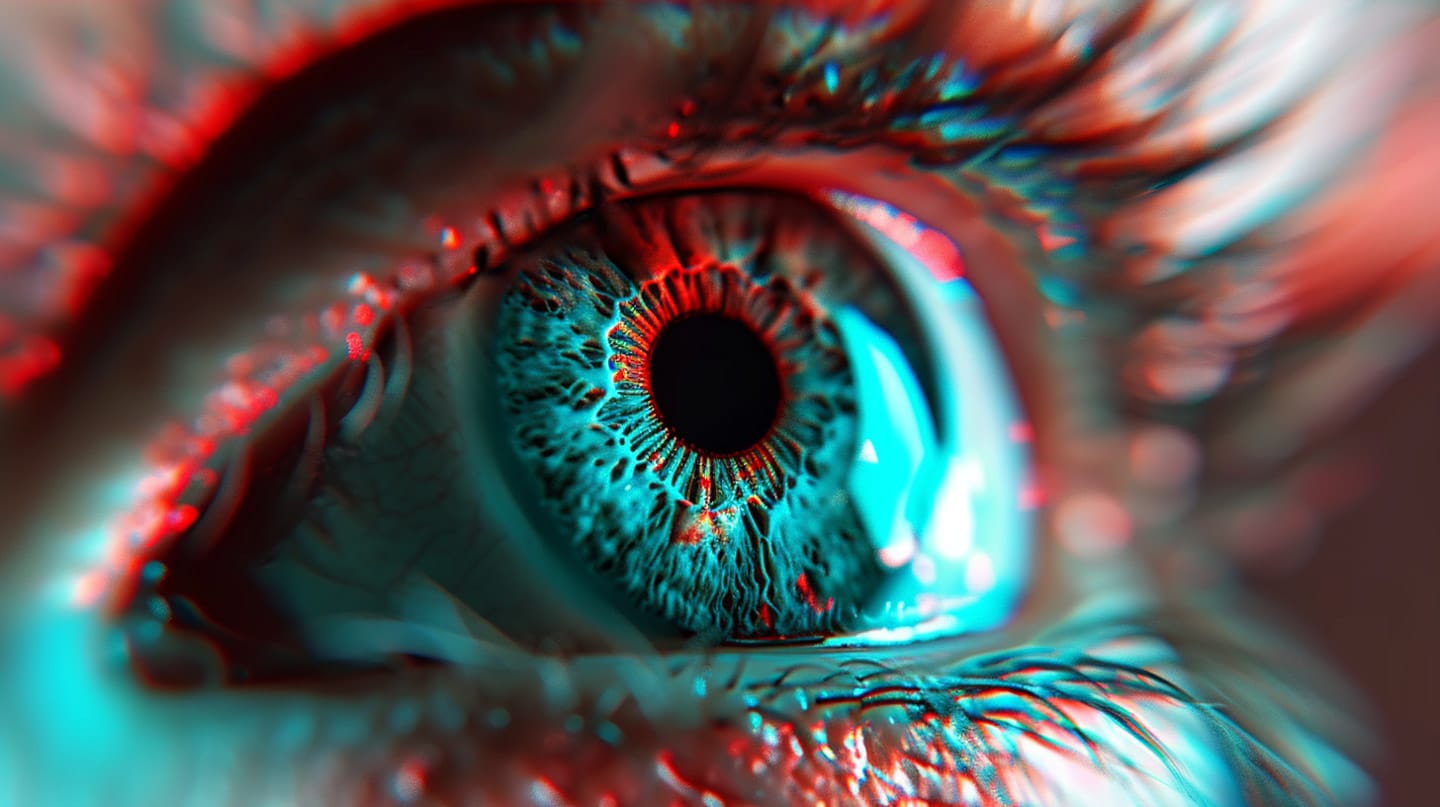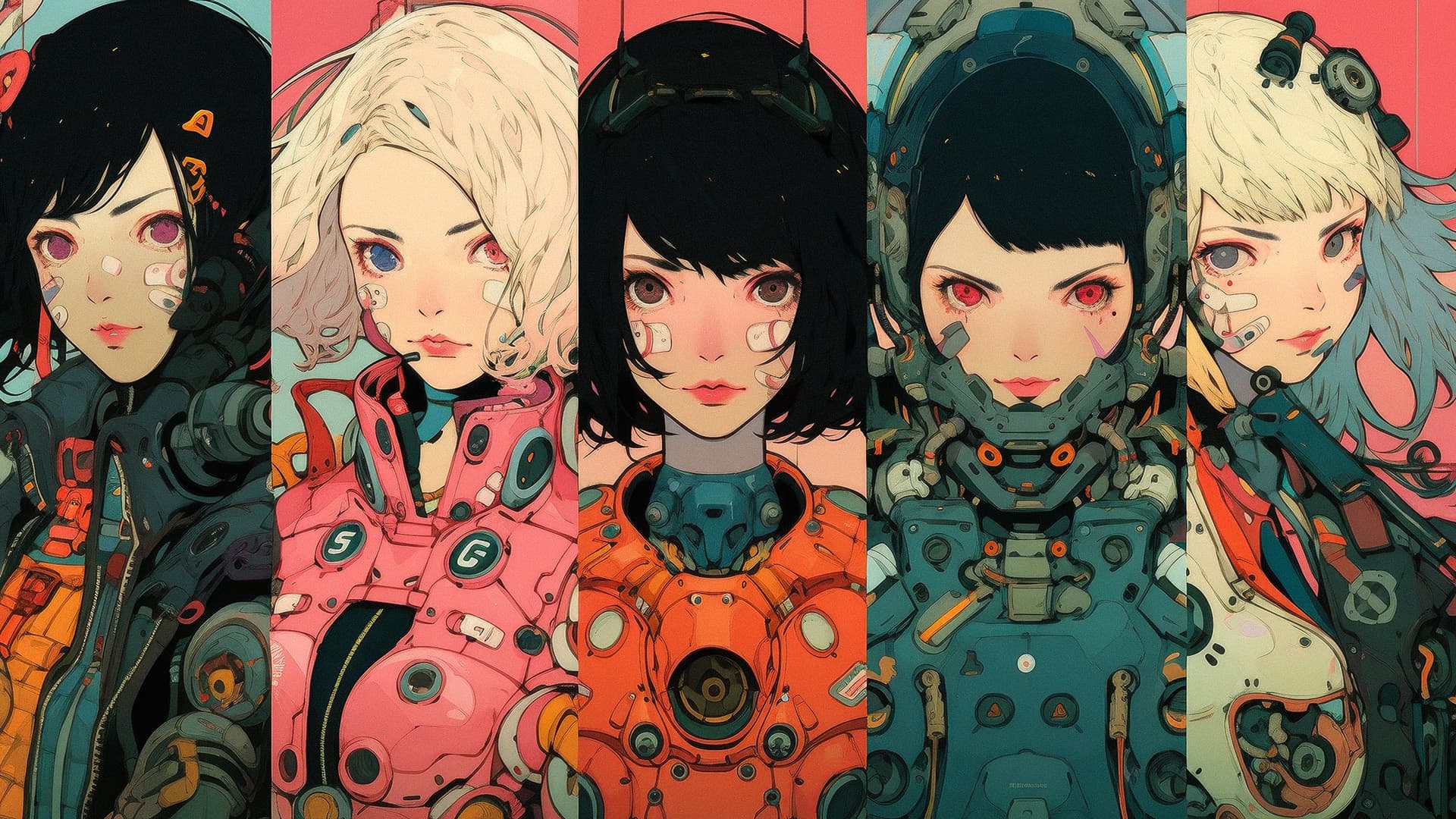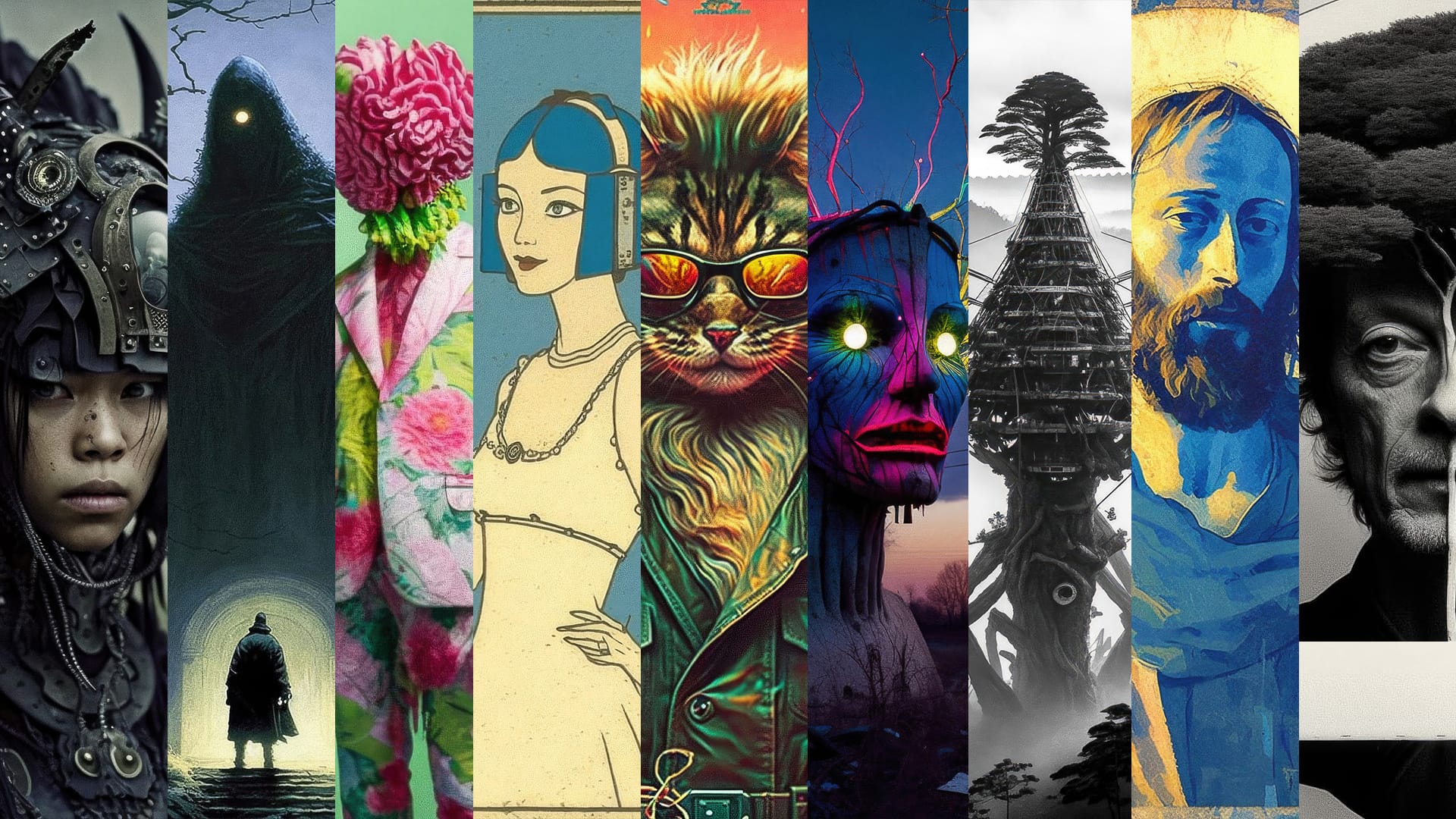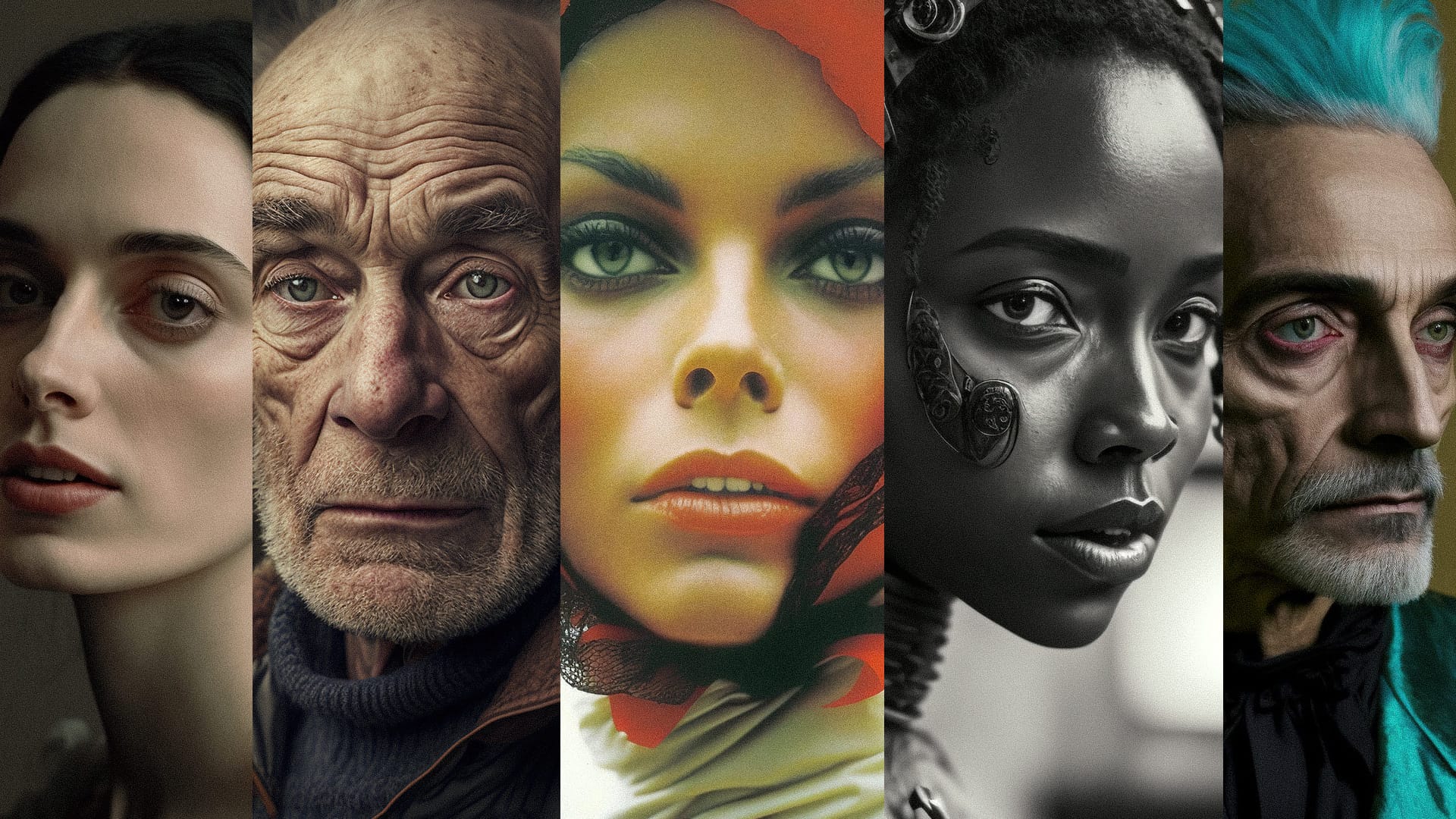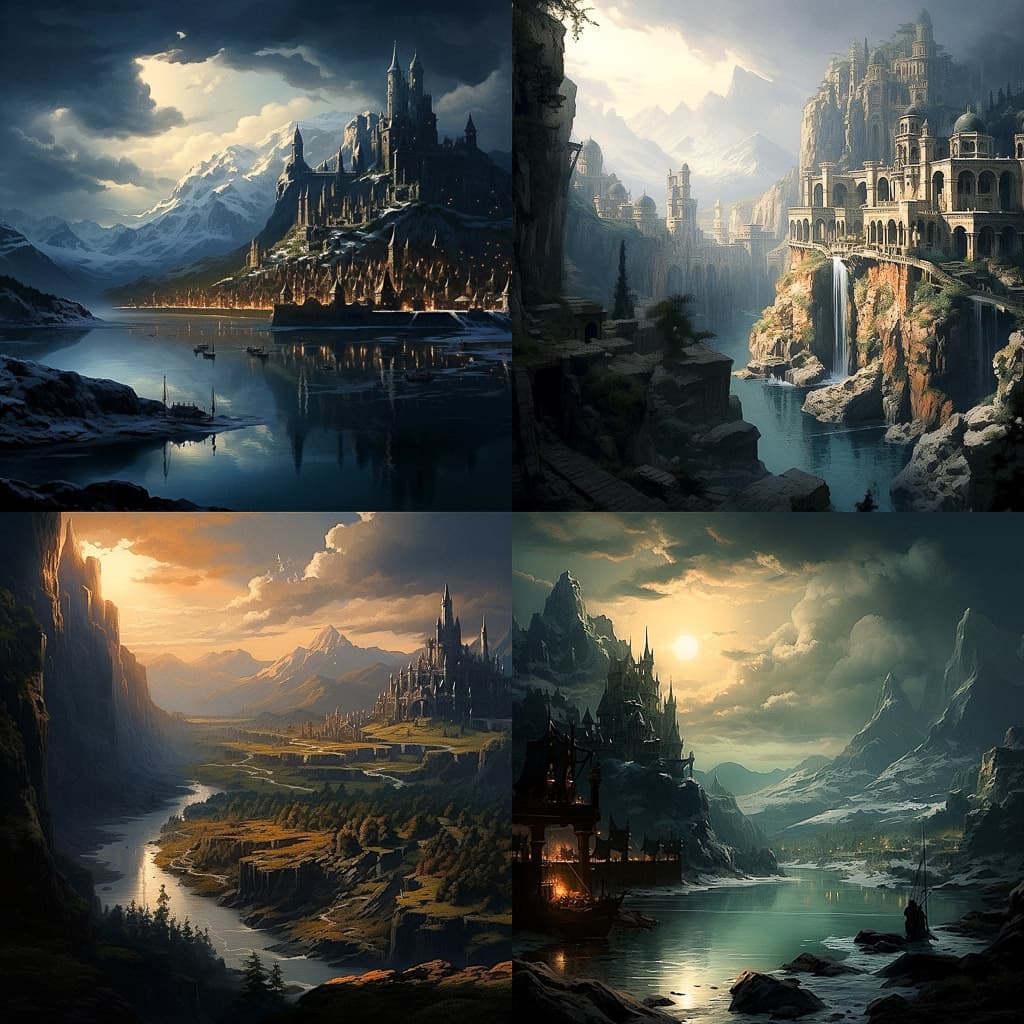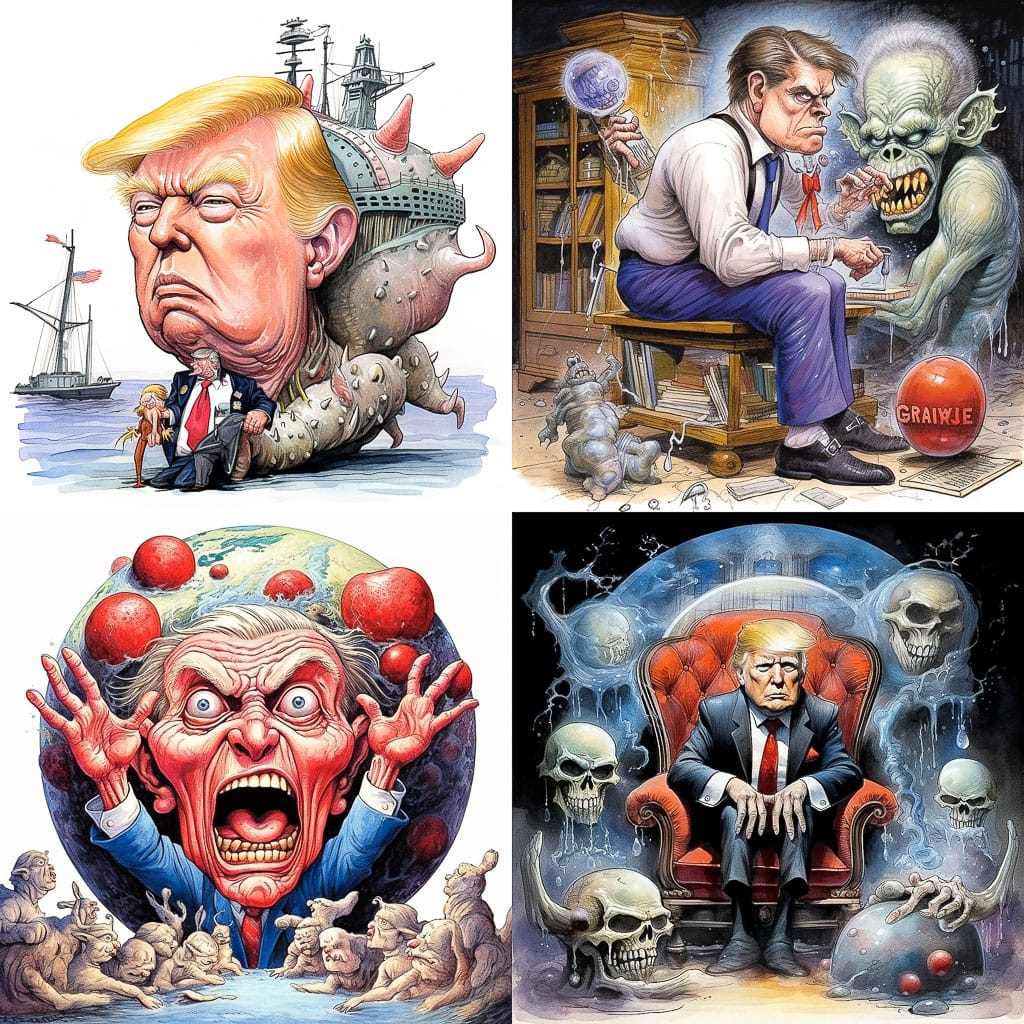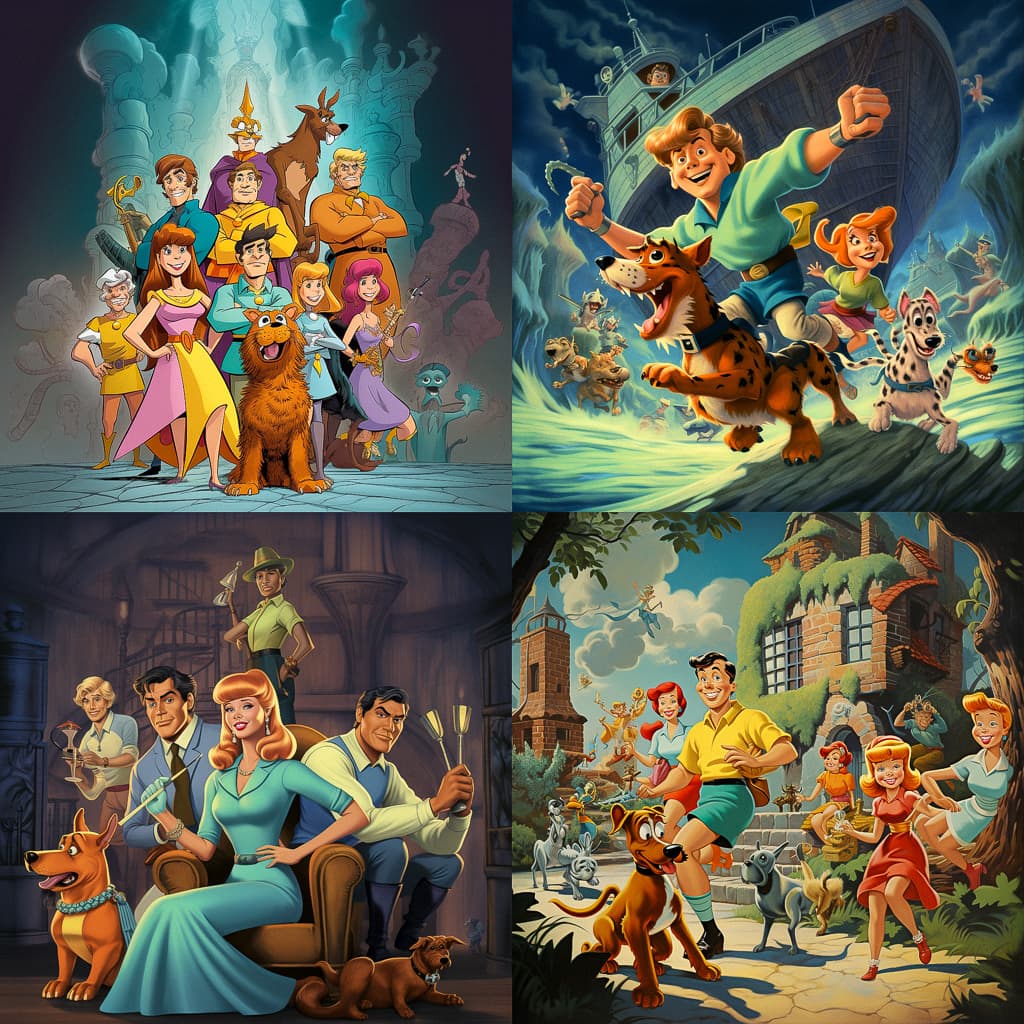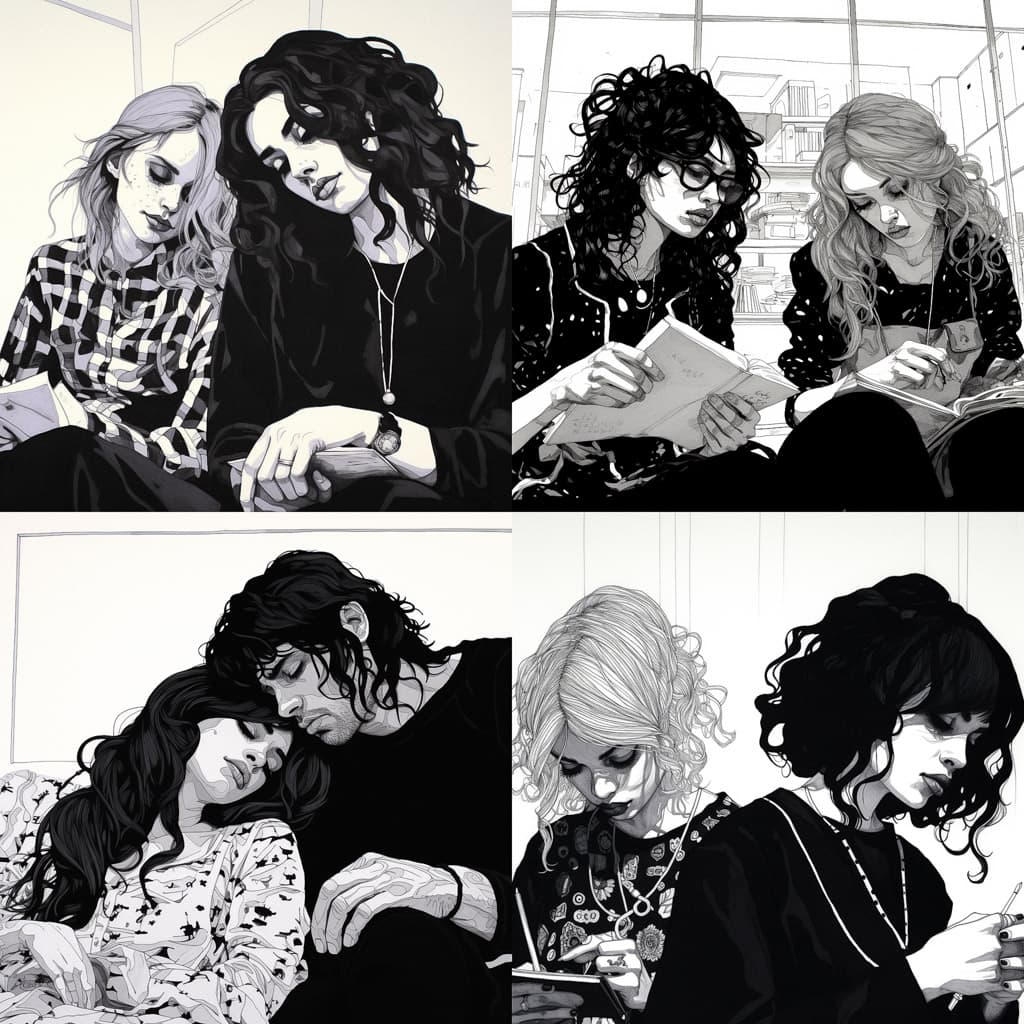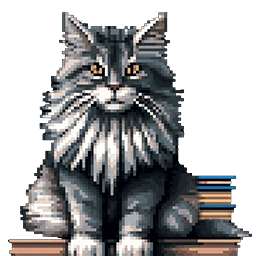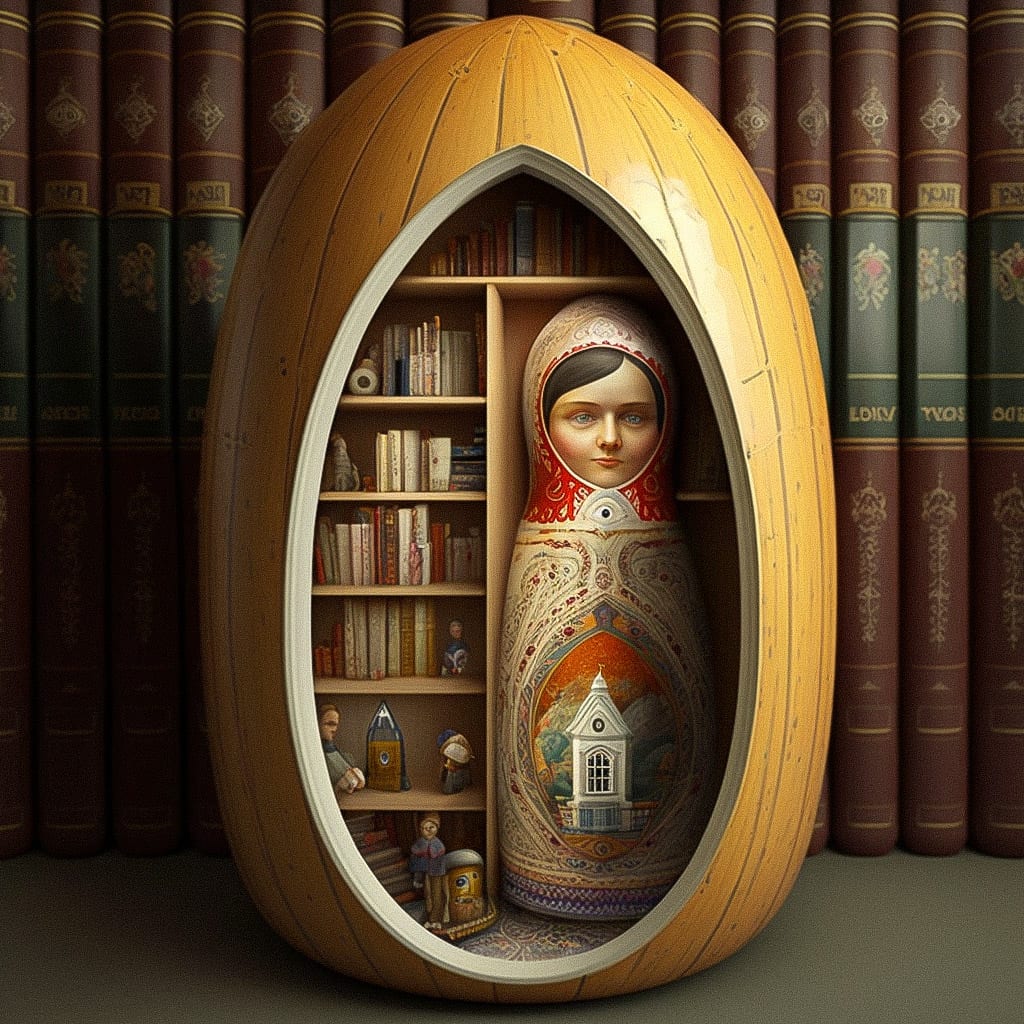Do you know this feeling when you look at a picture and immediately know—it's Midjourney? V6 is yet another step towards the time when this feeling will become rare.
In Part 1 of this study, we look in-depth at Midjourney’s newly released model, its strengths, weaknesses, and key changes from V5.2.
Quick Facts About V6
The current V6 is an Alpha test; thus, things may change.
V6 is more accurate in following a prompt (and is better with longer prompts).
The new model is more coherent.
It has improved image-prompting capabilities.
There are two new upscalers, with Subtle and Creative modes (both increase resolution by 2×).
There is an “unopinionated” --style raw mode (similar to V5.2).
You can add text to your images now!
Updated: the Pan, Zoom, Vary (Region) work now (and the in-depth guide on those is coming soon!), while /tune, and the new V6 /describe aren't available. But they are announced to arrive in the nearest weeks.
But apart from these lines—what is V6?
Hyperrealism
Every new version of Midjourney comes with a boost in photorealism, and V6 is no exception. In fact, the keyword that defines the new model best is Hyperrealism.
To summarize briefly, the level of photorealism in V6, especially in photographic styles, is mind-bending.
What makes photorealistic images in Midjourney V6 look so amazing are the imperfections: lens aberrations, intentionally over-highlighted areas, accidental out-of-focus elements, and various film effects (which we will dive into in the 'Details' chapter).
And, of course, it's not just about portraits...
In some cases, however, where a more subtle look-and-feel would be preferable, V6's hyperrealism—with a tendency to oversharp things—may be considered an overkill.
V6 indeed marks a significant milestone in the evolution of ultra-realistic AI art. The Midjourney team has—once again!—surpassed expectations, blurring the line between real photographs and AI-generated imagery like never before. Which is both thrilling and a bit unsettling. (-’๏_๏’-)
Detail Insanity
Every time before the release of Midjourney’s next model, I hold my breath for what they will do with details.
At the risk of repeating myself: the level of details in V6 is, for the lack of a better word, insane. And the new upscalers take it even further (more on them in Part 4 of this deep dive).
But while the intricacy of the images went up steadily with each new model, some things were lost along the way, namely, the textures. The refinement of V4 dialed up tenfold in V5+ made it almost impossible to achieve effects like film grain or true brushstrokes, for instance.
And while true grain still seems out of reach, V6 is a definite step towards that lost rawness.The textures are amazing, and the new model shines against V5, where “non-refined” visual styles are required.
Shifted Composition
Another concept that describes V6 well is unconventional composition, a significant shift from the more structured and balanced approach of V5.2.
Whereas previous models seek geometrical perfection, golden ratio, and central subjects, V6 strives for asymmetry and often moves its main subjects away from the middle of the frame.
This may offer more dynamic and engaging visuals, but it also requires adapting prompts accordingly. Even a small adjustment can bring back both a central composition and symmetry.
Although, at times, V6's shifts in composition might seem unrequested and unjustified, it is encouraging to see that Midjourney experiments with unconventional compositions, and expanded the overall variability of the output. Speaking of which…
Variability
With V6, one of the first things you'll notice is the increased variability in outcomes from the same prompt.
It's like the Midjourney developers cranked up the default --chaos dial. As a result, four variations from a single prompt often show more distinct differences than in earlier models.
This increased diversity is especially noticeable with abstract concepts or prompts that leave space for interpretation, and is also apparent in basic prompts: by [artist name], designed to show how an artistic style works in Midjourney on its own.
This, in many cases, leads to an artistic style representation that is more creative, more interesting, and, sometimes, more faithful towards the diversity of the real-life prototype.
And on the topic of artistic styles…
Artistic Styles In Midjourney V6
Style modifiers, or simply styles, are the names or titles you can reference in your prompts to summon a specific visual flair, technique, genre, subject, or context for your image.
It’s a tradition by now that every new model becomes better at knowing the source material and re-creating it in its output. However, Midjourney never ceases to surprise by how dramatic the change is.
Let’s compare how style modifiers work in V6 vs. V5.2 using styles from our catalog and a variety of prompts.
In certain instances, the most significant shift isn't in quality, but in the understanding of the source material. V6 appears to have a slightly different familiarity with some artists' work when compared to the same artists’ interpretations by V5+ models.
But however great the styles might be by themselves, what truly turns them from a mere interpretation of the original work to something unique is the prompt that you add to them—e.g., your creative vision, converted into text.
Text!
Remember how we fought Midjourney to make it NOT add text to our pictures? Well, now you can ADD text to your pictures deliberately. Well… to a certain extent. (-‿◦)
The key word here is perseverance. You can get the (almost-)perfect result, but it will be paid in countless re-rolls and updates to your prompt.
Here are a few important things to remember when working with text in Midjourney V6:
Put your text in “quotations.”
Leveraging --stylize values (lower might be better), and switching to --style raw can improve the result noticeably.
Expectedly, shorter words work better. However, with enough persistence you can make Midjourney produce longer words and even whole phrases.
Adding words like text, letters, etc. to your prompt may improve the outcome.
Sometimes, you might want to double the presence of your target text in a prompt by repeating it twice in different parts of the prompt.
To demonstrate how these reccomendations apply—a few more live examples:
Another key element influencing the outcome in V6 is the Aspect Ratio, or --ar, of your image.
Here is how Midjourney tried to squeeze letters into a vertical format in my numerous attempts.
Yet, the moment I allowed for more horizontal space, the model promptly delivered a more accurate result:
V6 Raw Mode
Raw is an alternative—“unopinionated”—model of Midjourney, existing for both, V6 and V5.2. It activates if you add --style raw to your prompt, and creates an image with ”less automatic beautification applied, which can result in a more accurate match when prompting for specific styles.“
The Raw model is more literal, and thus less “creative.” It also tends to lean more towards existing titles when the prompt is ambiguous, i.e., offers multiple interpretations. Like in cases with destiny (also a game), perfect circle (also a music band), and David (also a statue (-‿◦)).
Whereas the default outcome is varied and presents different options, the raw results are consistently focused on reproducing the titles behind the prompts (the game, the music band's frontman, and the statue).
One other difference between the two versions is that the default V6 offers more variability in its results for each prompt, whereas the Raw model’s options are much closer to each other.
And what about more-than-one-word prompts? How does switching from the default to the raw model affect the outcome then?
Finally, let's experiment with how styles/style modifiers work in both modes.
In conclusion, the --style raw parameter in Midjourney is an effective tool for diversifying results, strengthening styles that imply photorealism, or pushing the AI towards a more literal interpretation of your prompt.
In Part 2 of this exploration we will learn to talk to the new Midjourney, see what prompting strategies work best, and how complex our prompts can get. We will also test the new Image Prompting capabilities, observe how Image Weight affects the outcome, and how Blending works in V6. Continue reading →
In-depth Guide to Midjourney V6
You can help us maintain and expand Midlibrary and produce more regular educational content of higher quality. And keep it free for all!
Support Midlibrary on Patreon! →

